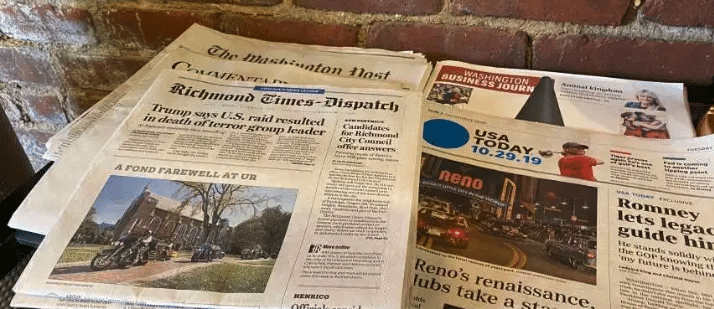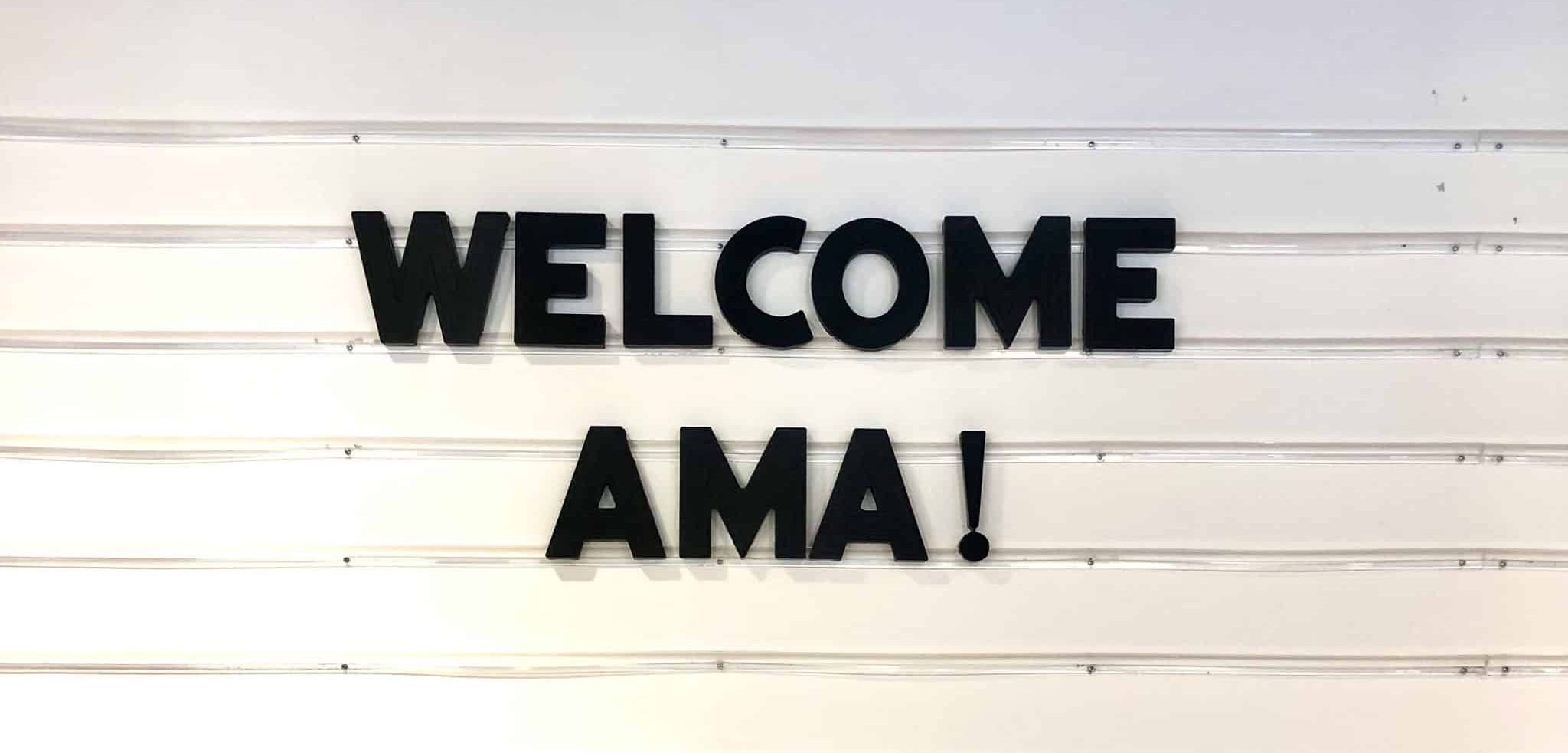The team here at Hodges knows media relations in Virginia. From the Eastern Shore to Bedford and beyond, there is a level of nuance and finesse needed to navigate the ins and outs of Virginia’s various media outlets, which differ in shape and size.
On the surface, media relations may seem like a lot of copy and pasting the same email without much rhyme or reason. But the reality is, there’s a significant amount of planning and strategizing before we click “Send.”
We surveyed the office to get some thoughts about everything from planning and timing to writing and sending those pitches.
Planning and List-Building
“Consume the news you’re pitching. This might sound elementary, but so many people miss the mark on this. If you can reference a recent story or a specific segment and highlight how your pitch honestly aligns with their coverage, it will go an extensive way with an assignment editor or reporter.” – Meg
“If it’s an area where you’re continually engaging the media, get a subscription. It’s a good way to have a better understanding of issues important to the local community while supporting local journalism.” – Cam
“Being sure you’ve done your homework and understand that some news outlets may be owned by the same property – potentially sharing the same staff. For example, the same editor may work for The Farmville Herald and the Mecklenburg paper, so don’t pitch the same person twice.” – Laura Elizabeth
“Don’t forget about radio! It’s what I call the original Twitter.” – Cam
“You don’t have to re-create the wheel every time you pitch, but I like to create a master media list, keep that one file updated with correct reporter information. Then, I save a new copy and tailor it for individual pitches. This helps me remember who I pitched for what, which is helpful with reporting, too.” – Casey
Timing
“In many of the smaller markets, Waynesboro for example (News Virginian), the papers need at least a week of lead time to ensure a reporter will make it out to an event.” – Evans
“Be aware of publishing schedules and deadlines. Knowing when papers go to print will help you better understand when reporters generally are reviewing pitches versus solely focused on getting their story finalized. With smaller staffs at newsrooms, it’s helpful to give teams plenty of notice.” – Meg
“Reaching out to the reporter you’ll be pitching to inquire how far out they work on stories also is a good way to make an introduction and get on their good side.” – Paulyn
Visuals
“Make sure you have all the permissions and photo credit information with all images.” – Jon
“If you’re trying to promote an event or get coverage ahead of an event, it helps to have some photos or b-roll to send along in the pitch and follow ups to make it easier for outlets to tell the story visually.” – Aidan
“Share hi-res photos with a Dropbox link with photo credits. It’s rare that an online article will go up without a visual, and the images you send can help.” – Cam
Pitching
“Adjust your pitch based on outlet type. When you’re reaching out to media, cover off on the basics – TVs are interested in visuals and often someone to interview live, whereas for print, high-res imagery might be more important. For all outlets, a human-interest element is key.” – Meg
“Email isn’t the only way to pitch. Sometimes Twitter, Instagram and LinkedIn can provide a natural opening for a pitch, if you see them posting something related. A word of caution though: ask before you launch into your pitch! A simple “Hey, this brings a story idea to mind that I’d love to share with you. Are you open to receiving a pitch via DM or email?” should work.” – Paulyn
“When I’m working on a media relations project that spans Virginia, I like to delegate markets/regions to the team. That allows everyone to dig in deep to really learn the market and its reporters and media.” – Casey
Media relations is as much an art as it is a science – particularly among Virginia’s various news outlets. If you need more insight than beyond what we’ve shared here, we’d love to help!




